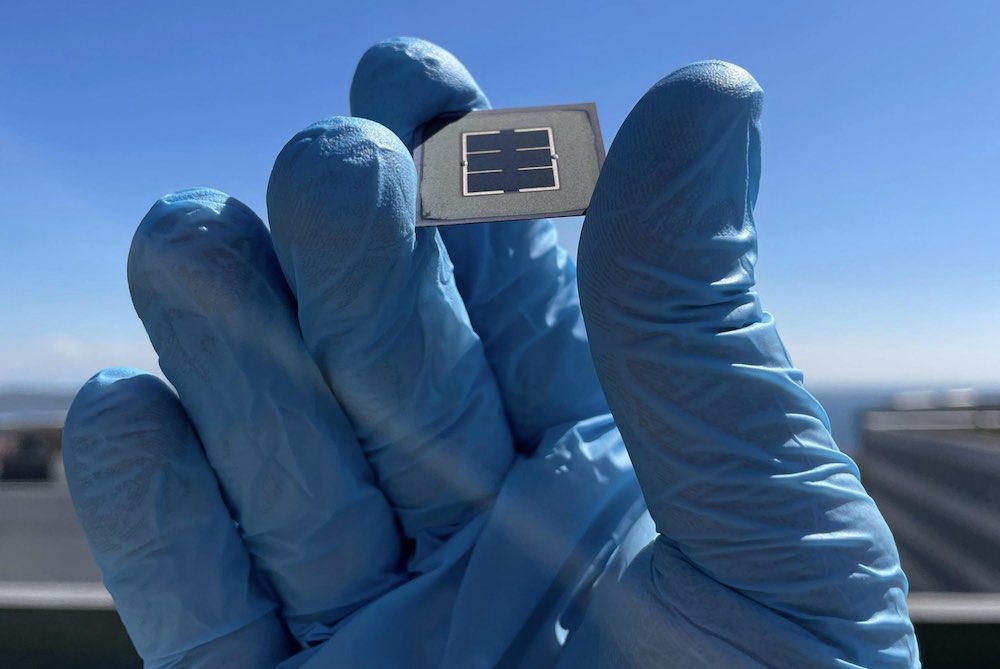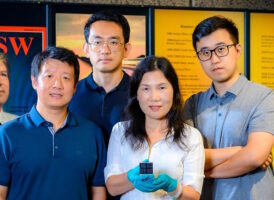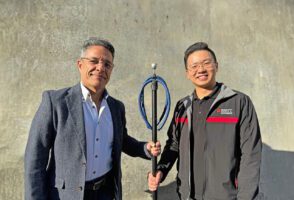Scientists from EPFL in Switzerland have developed a tandem solar cell with a certified efficiency of 29.2% and have clear steps to achieve yields beyond 30% in the future.
Solar cell efficiencies have been in a constant state of improvement and development, however, solar cells made from silicon are nearing their power-conversion ceiling, according to EPFL.
Solar cells made only of silicon, used widely throughout the global solar industry, are expected to see their power-conversion yields top out at around 27% due to fundamental limitations in their thermodynamic properties.
As such, solar modules incorporating silicon solar cells will reach maximum efficiency yields of around 23% to 25% – a fair way off Australia’s solar stretch goal of 30% module efficiency by 2030.
Scientists from EPFL – a science and technical university in Switzerland – have been seeking to overcome the inherent limitations of silicon solar cells by combining them with complementary solar cells that are able to absorb the blue-green part of the solar spectrum and employing it more efficiently. This results in what is called a “tandem” solar cell.
One common such complementary material used for tandem solar cells are halide perovskites, which have recently been shown to boost the efficiency of silicon without adding undue fabrication costs.
However, as the scientists at EPFL’s Photovoltaics and Thin Film Electronics Laboratory (PV-lab), led by Christophe Ballif, discovered, evenly coating the intentionally rough or textured silicon surface with a thin film of halide perovskites presented an obstacle.
This led to their developing a method in 2018 of growing perovskite layers on textured silicon in a uniform manner, which were originally shown to achieve an efficiency of 25.2%.
Fast-forward, and EPFL researchers announced late last week that they have enhanced the perovskite crystallisation process and developed highly transparent window layers which have results in tandem solar cells with an efficiency of 29.2% on a surface of 1 cm2.
This yield was independently verified by the Fraunhofer Institute for Solar Energy Systems (Fraunhofer ISE) in Germany and sets a new world record for a fully textured perovskite-silicon device.
Importantly, this record efficiency is already seen as just an intermediary step by the EPFL scientists, who see a clear path to achieving yields of beyond 30%.
“Several years of R&D are still needed to bring such technology and manufacturing processes to market,” said Christophe Ballif.
“A big challenge will be developing solar cells that can remain stable on our rooftops for more than 25 years. But the higher efficiency we demonstrated without changing the front texture will be very attractive for the photovoltaics industry.”










